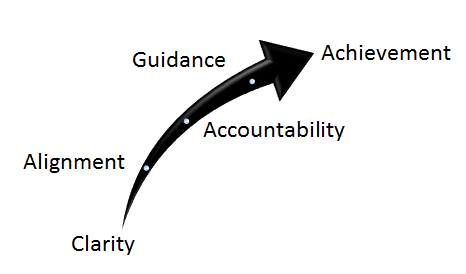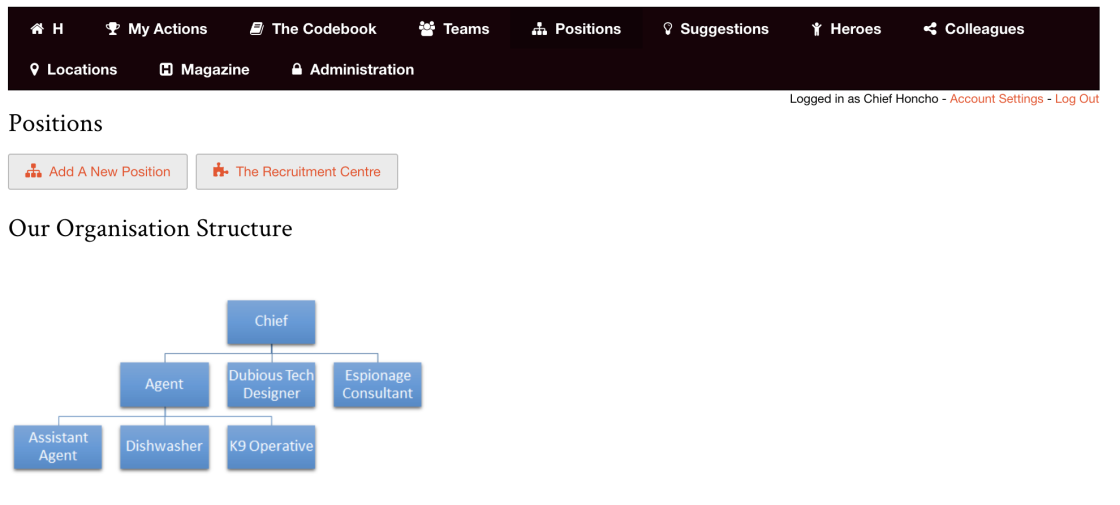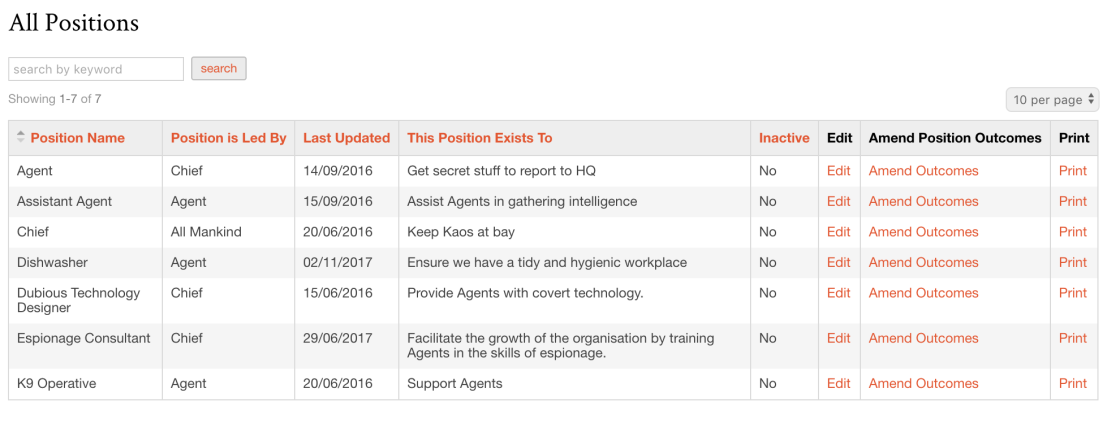|
When we started our journey of building The H Factor system, we were looking to create something that would help managers move beyond the command and control management style. We had experienced that the instructional management style that was applied last century is no longer as effective in the modern flexible workplace. When we spoke with managers, nearly everyone said they were seeking something that would genuinely encourage engagement, contribution, shared ownership, and accountability. They felt that there wasn't any tools available that supported how they wanted to manage. Nearly every tool they used in the business actually dragged them back to the command and control approach - having to instruct rather than lead. The job description is a good example of this. It is usually a list of tasks that must be accomplished. So, from the very start of a person being in a role, they are receiving instruction. "You will do this task, this often." How do they genuinely take ownership of that? The most they can do is demonstrate their compliance with the task schedule. When they and their manager then review their performance, then both are merely assessing compliance with the instruction. If leadership results from that then it is by accident, not by design. The most likely outcome of that review is further instruction. Command and control. So we designed a process that enabled a shift from the instructional model to an engagement model. Not by coincidence, it is very similar to the model that coaches apply in the development of elite athletes and teams. The process begins with clarity of the desired outcomes. What do we want to achieve, and why does it matter? This clarity of the outcome then leaves the person in the role to determine how they will achieve it - they will establish the tasks, which belong to them, and they can seek instruction on doing those tasks if and when it is needed. Alignment is important. It enables the person in the role to appreciate how their outcomes fit with the organisational purpose, the roles of others in the organisation, and the function of the teams that make up the organisation. In many organisations this is assumed, in The H Factor we make it visible. Alignment is the gateway to the 3 rules of accountability. Accountability is also assumed in many organisations. This assumption is the cause of most of the frustration managers have in managing their teams. Take away the assumption. Agree on who is accountable for what, and frequently discuss with each person how they are going about accomplishing their accountabilities, the barriers that are obstructing their achievement, and the opportunities for learning and improvement. Isn't this what a performance review should be about? The opportunity to guide is one of the most fulfilling aspects of being a manager. It is a wonderful experience to be a part of the development of another person. Instead of being focused on assessing, when we switch that focus to guiding, then we build trust and genuinely encourage action. We contribute to their competence, capability, and confidence. Now we are leading. We are enabling. We have transitioned from being instructors and assessors to now being genuine leaders. Achievement is the outcome of our work as leaders. The ultimate achievement is our contribution to the development of elite players, those that create the extraordinary and inspire others to follow. Isn't that far more rewarding than having to constantly tell people what to do? It's worth making the transition from being an instructor to being a leader, and we created a system to take you on that journey. The H Factor Positions
The positions tab enables everyone in the organisation to see how their role fits into the business structure. They can see every position in the organisation, including:
This creates alignment. It gives visibility of the performance requirements of everyone in the organisation and creates the alignment needed to build accountability. Positions are built around outcomes, not tasks. This enables a deeper and richer performance conversation where the person(s) holding the role can then describe how they will achieve the outcomes by setting and agreeing their own tasks and actions. The outcomes have already established the common view of what success will look like.
0 Comments
Leave a Reply. |
AuthorsH Agents write about the joys and challenges of entrepreneurship and managing people. Archives
May 2024
|
(c) Copyright 2024 INCOMMAND Pty Ltd. View our privacy policy and data security statement. Please note that your use of The H Factor system is subject to our Terms of Service.





 RSS Feed
RSS Feed